#dp: claire mathon
Text
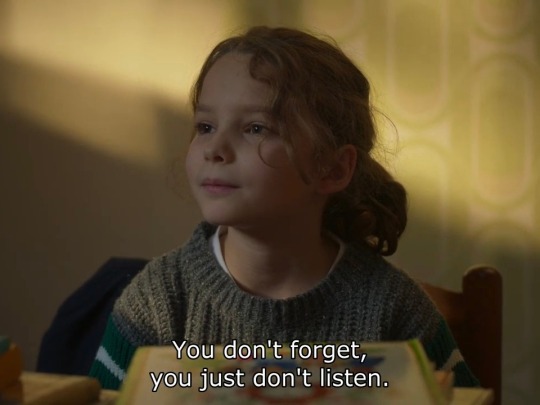
PETITE MAMAN (2021)
dir. Céline Sciamma
#petite maman#céline sciamma#seen on mubi#joséphine sanz#gabrielle sanz#films#film stills#dp: claire mathon#quotes
44 notes
·
View notes
Text
hélène louvart.... i love you hélène louvart
2 notes
·
View notes
Photo
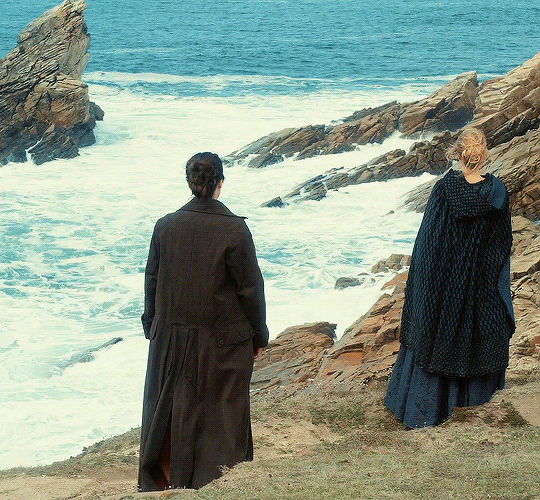


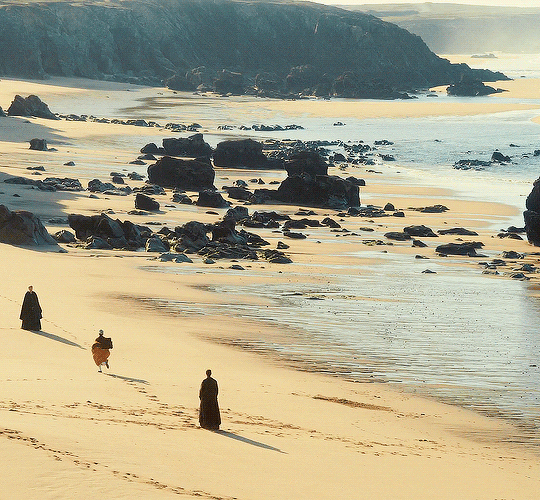
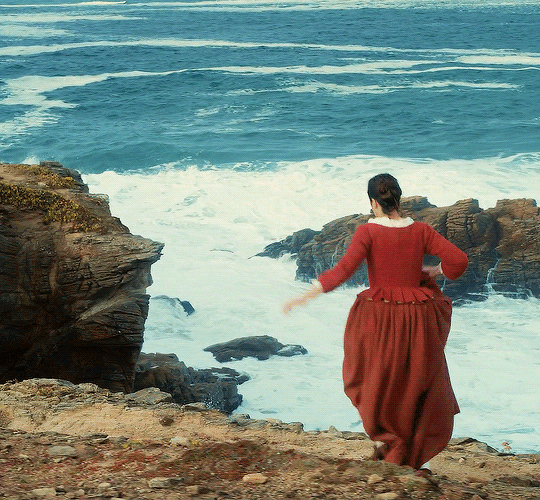

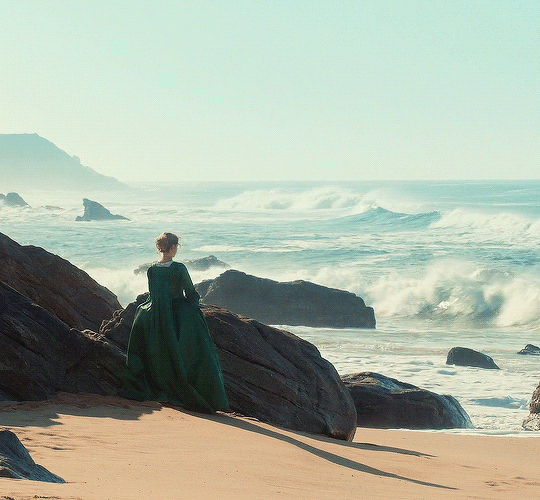
THE SEA
Portrait of a Lady on Fire (2019) | dir. Céline Sciamma | DP. Claire Mathon
#portrait of a lady on fire#portrait de la jeune fille en feu#perioddramaedit#poalofedit#céline sciamma#claire mathon#noémie merlant#adèle haenel#cinematography#the sea#*
5K notes
·
View notes
Photo


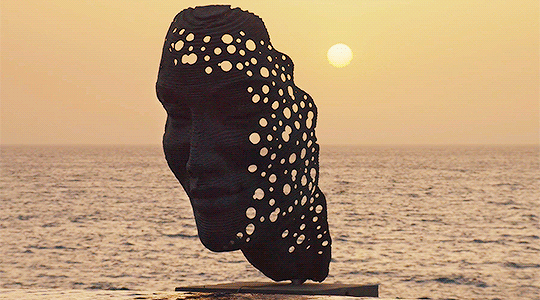



“For me, in hiring a DP, it’s more about their relationship with the story and with the place. That translates into how they want to shoot it. And Claire cares more about understanding the story than making a beautiful image.” –Mati Diop
Claire Mathon, LA Film Critics Association Award for Best Cinematography
Portrait of a Lady on Fire (2019) dir. Céline Sciamma
Atlantics (2019) dir. Mati Diop
#portrait of a lady on fire#pattinsonrobert#userrobin#filmgifs#moviegifs#women directors#atlantics#atlantique#Portrait de la jeune fille en feu#filmedit#my edit#good for her.jpg
2K notes
·
View notes
Text
CÉLINE SCIAMMA’S NEW FILM IS CALLED « PETITE MAMAN » AND CLAIRE MATHON WILL BE THE DP
#I AM SCREAMINGGGGGG#céline sciamma#celine sciamma#petite maman#portrait of a lady on fire#portrait de la jeune fille en feu#so it WILL be a film about a mother huh
121 notes
·
View notes
Photo



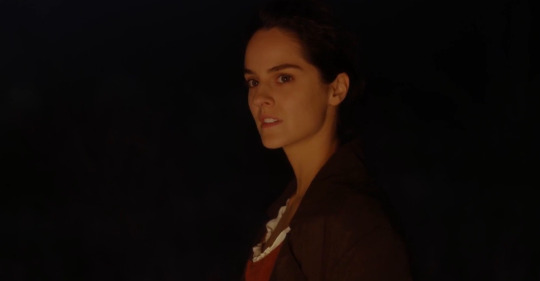

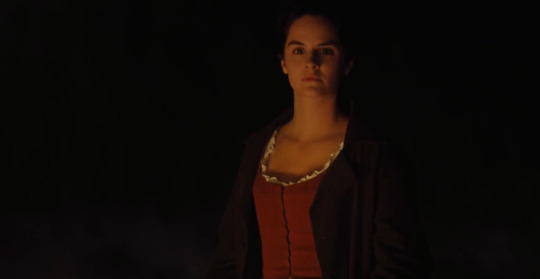
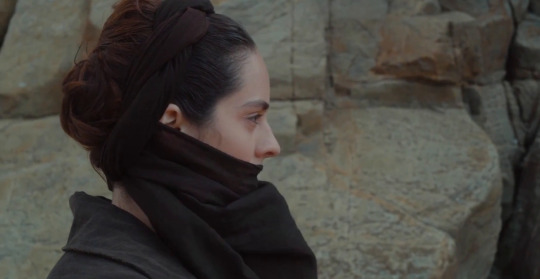
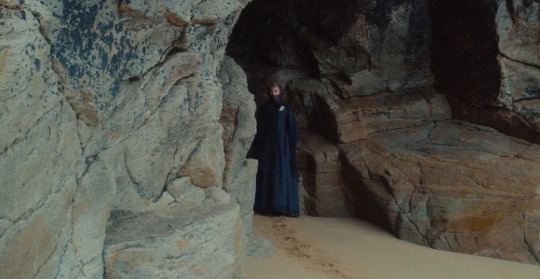
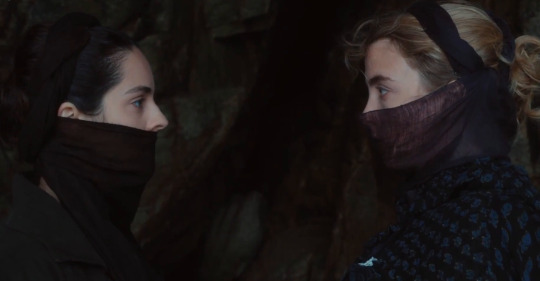

Portrait de la jeune fille en feu / Portrait of a Lady on Fire (2019, Céline Sciamma)
DP: Claire Mathon
one of the best scenes in 2019 with the score from Para One & Arthur Simonini
https://youtu.be/J9lSj6GDW7I
#Claire Mathon#Céline Sciamma#Portrait de la jeune fille en feu#Portrait of a Lady on Fire#french cinema#French film
114 notes
·
View notes
Photo
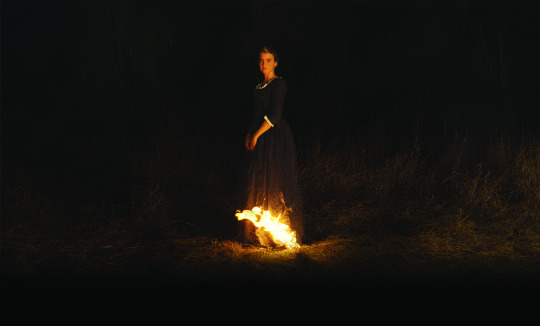
Greater Lovers: The Céline Sciamma Q&A.
“It’s a new narrative of love.” On the eve of its Valentine’s Day wide release, Dominic Corry puts your questions to the writer and director of our highest-rated romance film of the decade, Portrait of a Lady on Fire.
Few films have more hearts beating on Letterboxd lately than Céline Sciamma’s Portrait of a Lady on Fire, which has a 4.4 average rating, was second only to Parasite as the highest-rated feature film of 2019, and holds the number one position on our official Top 100 Narrative Feature Films by Women Directors.
“This is one of the most emotionally intense viewing experiences I’ve had in a while, so I’m not ready to sum it up with a neat and tidy star rating,” wrote Trudie. “My body is still visibly shaken… yearning personified,” said Lucy. “I’m going to think about those last fifteen minutes for the rest of my life,” swooned Stephanie, speaking for us all.
Starring Noémie Merlant and Adèle Haenel, the film had a short Oscar-qualifying run in American theaters at the end of last year, and although it was criminally overlooked by the Academy (it was not France’s submission for International Feature, though it is up for ten Césars), it’s finally going wide on American screens on Valentine’s Day.
As a giant fan, it was a huge honor to personally convey all the Letterboxd love for Portrait of a Lady on Fire to Sciamma, and to take with me several of your questions. (Lucy, we read your entire comment to her: “I just wanted to thank Céline for Portrait of a Lady on Fire. It holds a very special place in my heart now and is my favorite film of the decade. I’m truly, eternally grateful.”)
Spoiler warning: several questions reference the nature of the film’s ending, without getting into specifics. And a warning for easy fainters: Kristen Stewart may have been brought up during this interview; and Céline has been reading your Letterboxd reviews.
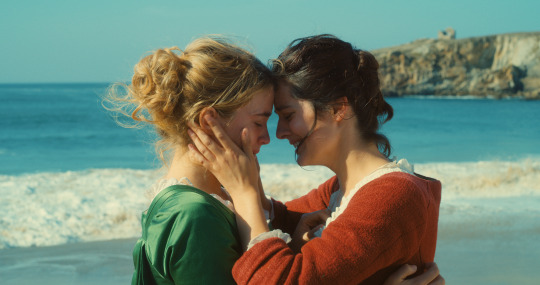
Adèle Haenel (left) and Noémie Merlant in ‘Portrait of a Lady on Fire’.
What would you like to say to your Letterboxd fans who have fallen so completely in love with your film?
Céline Sciamma: Well thank you! No, but really. Because what touched me the most is the fact that people will write about films. And that’s the beauty of this digital era. I’m paying a lot of attention about what’s going on around the film, what is being said. I’m really looking at things, so I’ve seen a lot of Letterboxd [reviews]. And I’ve seen that Letterboxd, at some point, used the emoji thing, which was really, really beautiful and fun [Sciamma is referring to the fire and picture frame emoji we added to our Twitter name at the time of the film’s release last year].
And the fact that people who were touched by the film would take the time to write about it, I think it’s something really beautiful, especially with this film, which is about how love is an education to art. Because art consoles from love, or makes us greater lovers. I find it beautiful that people would express their feelings and put their heart and their mind into cinema. As a young cinephile there was no internet, and I remember writing, just only for myself in little diaries, about film. And so I found it really, really important.
There’s one question we like to ask every filmmaker we speak to: what is the film that made you want to become a filmmaker?
Well, the film that made me understand filmmaking, mise-en-scène, was The Umbrellas of Cherbourg. Jacques Demy, as a director, his films in France, we see them when we are very young; he made Peau d’âne, which is a film that is shown to kids. He is such a great director. Definitely as a young kid—I was twelve years old—I found out that, okay, there’s somebody behind this with a vision. Somebody would paint a city like in Les Demoiselles de Rochefort. Somebody would paint a wall to make it sing the vision of somebody.
And when discovering mise-en-scène—the fact that there was a director, a vision of somebody—it really blew my mind. I remember I fell in love with the idea of cinema. So, you know, it’s not one film that makes you want to be a director. There are some films that connect you to the idea of cinema and vision and just make you crave for this idea.

Before this interview, we asked our community to submit questions for you. The first is from Letterboxd member ‘I’, who wants to know if you were inspired by any movie in the process of making Portrait of a Lady on Fire.
When I’m writing a film, or just even just going with the idea of starting to dream about a film, I don’t watch films anymore, because it’s a very fragile moment. I’m trying to be candid and I’m trying to create this prototype and not to begin being in dialogue with the history of cinema.
But then when the script is done, and especially when we are talking with the team, with the DP, there are some films that can come up in the discussion. “Okay, we should we should take a look at that,” regarding one specific issue. For instance, with Portrait of a Lady on Fire, regarding the lighting, there was this idea, I mean you could definitely look at all the period-piece films and be like, “What about the candles? Are they in the frame? Are there a lot of candles? Are they on chandeliers? Or are they held?”
So, I’m thinking about that, this issue of the light in the candles. Night. Day. So me and [cinematographer] Claire Mathon, we had that discussion. So Kubrick, Barry Lyndon, we watched obviously.
And also at that moment I’m trying to watch, not specifically films that seem to be related, but films that give me faith in cinema. For instance, Jeanne Dielman by Chantal Akerman, which is such a radical film. I’m trying to get radical positions that have nothing to do with the film, subject-wise, but of people who firmly believed in the language of cinema, and were radical about it. I’m trying to watch radical films that renew your faith in cinema. I mean, they’re major pieces of art, but just give this feeling that you can be radical, you can be bold, and to get this excitement about, really, the language of cinema.
Many of our members are writing that Portrait of a Lady on Fire is the most romantic film ever made, and one of the best expressions of female desire ever put on screen. What’s the most romantic film you’ve ever seen?
You know, it’s weird because when I think about it… film is emotional right? A lot of the things that come to my mind are films that are not necessarily pure love stories. This is gonna sound stupid, but E.T., for instance, is a great love story. This is a great love story for me, and one of the greatest endings in terms of how a relationship ends: E.T. has this idea that the breakup between the two characters is… they want the same thing. And that’s why they’re breaking up, because one is saying “come” and one is saying “stay”, which I think is the most heartbreaking breakup, not being a breakup.

I think there might be a new contender for most heartbreaking breakup.
The ending of it is really climaxing. Because when we watch love stories, it’s harder, the frozen image of two people leaving in a car, you know, marriage, whatever. Like the romantic-comedy ending where they end up together, then that’s the end. Eternal possession as a promise of fulfilment. Or, it’s the tragic ending, where they will never [be together]. And I really tried to find another way [in Portrait of a Lady on Fire], like in E.T. you know, it’s two people saying “I love you” but not being together. It’s a new narrative of love.
So I’m always trying also to think about forms. Mulholland Drive is a film that definitely was also an inspiration, because it’s a film that creates its storytelling around an idea of love. Everybody said: “Oh this film is so hard to get”. [But] it’s really simple. It’s like the first part is a dream of a story that has already happened. And so Lynch created this, screenwriting-wise, he created this idea that those two women, they meet and suddenly they’re in bed together and one says “I think I’m in love with you”, which means that Lynch is telling us that “I love you” is always something you say in the past. And with Portrait of a Lady on Fire, I was thinking I have to create a form where “I love you” is something that always has a future. So that’s the kind of dialogue I have with films that inspire me.
And also Titanic. It has kind of the same structure as Portrait of a Lady on Fire: the presence of a love story but the memory of a love story. And also, not being together even though there’s a tragic death. It’s a love story about emancipation. And that’s so much what we’re trying to tell: it’s not about whether you end up together, or you don’t. A good love story isn’t about that, it’s about: did it give you emancipation?
This last question is from Pauline: “How much do I need to pay you to hire Kristen Stewart—who has just said Portrait was her favorite movie of 2019 and that she has seen all of your movies—in your next project? I’m ready to write the check, just say a number.”
Well no, it’s not about the money. But I met Kristen Stewart a few months ago. So I mean, it’s already a start. We talked about cinema, and, and I really enjoyed talking about cinema with her, so…
‘Portrait of a Lady on Fire’ is in select US theaters now, and on wide release from 14 February. This interview took place in the English language and has had minor edits for clarity. With thanks to NEON, Cinetic Media and Ginsberg/Libby.
Related content
The Top 10 Cannes 2019 Premieres
The Top 100 Women Directors of the 2010s
The Top 100 Narrative Feature Films by Women Directors
#letterboxd#celine sciamma#portrait of a lady on fire#neon#neonrated#french cinema#female director#directed by women#adele haenel#noemie merlant#portrait nation
38 notes
·
View notes
Text







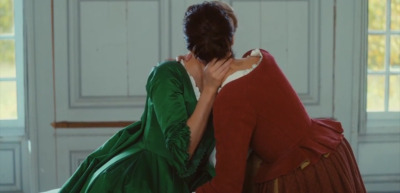
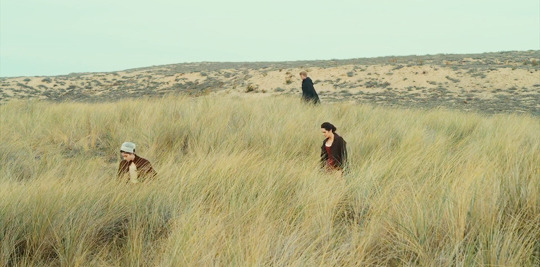
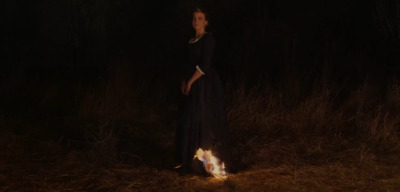
𝗣𝗼𝗿𝘁𝗿𝗮𝗶𝘁 𝗱𝗲 𝗹𝗮 𝗷𝗲𝘂𝗻𝗲 𝗳𝗶𝗹𝗹𝗲 𝗲𝗻 𝗳𝗲𝘂 (𝟮𝟬𝟭𝟵)
dir. Céline Sciamma
dp. Claire Mathon
#portrait de la jeune fille en feu#portrait of a lady on fire#cinematography#cinema#celine sciamma#adele haenel#noemie merlant#lgbtq
15 notes
·
View notes
Text
Adèle Haenel ✨ Noémie Merlant ✨
‘Portrait of a Lady on Fire’ Review: This Is Céline Sciamma’s Masterpiece
Portrait Of A Lady On Fire
Céline Sciamma’s Portrait of a Lady on Fire will probably draw comparison to two recent films, Lucrecia Martel’s Zama and Luca Guadagnino’s Call Me by Your Name, for completely different reasons. As a deliberately unhurried, gorgeously shot, eerily still, nearly flawless period piece with a heavy beach presence, it brings Zama to mind. And as a totally engrossing, heartbreaking, and transitory queer romance, it’s hard not to think about Call Me by Your Name. However, as is the case with both films mentioned and any great film in their company, Portrait is a wholly unique treasure all its own.
It traces the romantic encounter of two women on an island off the French coast of Brittany, one an angry daughter trapped in a remote manor, soon to be married and shipped off to a Milanese man she’s never met, and the other a painter. In defiance of the nuptial arrangement, Héloïse (Adèle Haenel) refuses to have her wedding portrait painted. Marianne (Noémie Merlant), the painter, is hired by The Countess (Valeria Golino) to pose as an outing companion to Héloïse, the daughter, while secretly painting her portrait. Marianne is expected to mentally soak up Héloïse’s features during their walks along the towering cliffs and rocky beaches below in order to paint her when they’re not together.
However, much to The Countess’s surprise, Héloïse takes fondly to Marianne and the two develop a formal, understated friendship. They start spending more time together and, in the process, reach new depths of understanding with one another, though still in a muted sense. Soon, Marianne finishes the portrait. She feels compelled to show Héloïse and tell her the truth. The Countess allows it, recognizing the bond that’s formed quickly between the two. Héloïse isn’t too upset about it, but she and The Countess both think the painting is subpar, inaccurate, and ultimately dissatisfying. Trusting Marianne as she does, Héloïse submits to posing if The Countess will allow Marianne another chance. The Countess commissions the second round and goes into the city, leaving the two women and Sophie (Luàna Bajrami), the estate maid, alone for five days to wrap up the portrait.
For this first hour or so, the film moves along at a snail’s pace, inching ever closer to the sensual tension that brews beneath the surface with stark tonal precision. Every small, quiet, seemingly trivial moment works wonders, drawing you deeper into the swelling ambiance of forbidden love. You feel it bubbling up in the tacit moments between Marianne and Héloïse. They fixate their unblinking eyes on each other with unremittent desire, emit stolid nervous ticks, and speak only in quick bursts of conversation, as if expressing too much would expose the vulnerability they crave from one another.
Merlant and Haenel’s performances are remarkable. It’s difficult to imagine the film, so reliant on discrete expression and hidden movement, working with any other actresses. Both have incredibly robust visages, as strong as they are passionate—sharp jaw lines, high cheekbones, velvet lips, regal noses, piercing eyes, bushy dark brows. They both have a thick and luscious head of hair that’s usually pulled back into a neat bun or braid, an outward symbol of the inner restraint that cages them both romantically and culturally (as women in a staunchly patriarchal world). They wear period-appropriate dresses of solid colors, Marianne’s a rich russet and Héloïse a shadowy blue-grey, except when she’s posing, in which case she wears the plainest, most majestic emerald dress you’ve laid eyes on. The dresses are cut low at the collar to reveal smooth, elegant necks which lead down to sharply accentuated collar bones, every aspect of their appearance causing the other to ooze unspoken envy.
Sciamma wields their appearances brilliantly with an abundance of close-ups on face and body. Their faces communicate the mental and emotional gravity at stake and the relational evolution that accompanies it, while the bodies communicate a visceral yearning for intimacy, a carnal longing for love. It doesn’t matter how pronounced or still their movements are, Sciamma makes you feel everything they feel like you’re in a waking dream. When Marianne is frozen with a brush in her hand, her eyes darting back and forth between Héloïse and the canvas, the atmosphere is dense with ardor. And when Héloïse sprints fervently toward the edge of a cliff, a spliff of adrenaline and empathy invades your lungs and rushes through your veins. The mood is palpable every step of the way.
The sound and color alone achieve astounding singularity. Sciamma uses textural sound to score the film, from the smooth scratch of a paintbrush on canvas to the crunch of stiff dresses in silent rooms to the hushed smack of readied lips to the roar of the waves to the creaks and groans of the human body to the crackle of a fire. Likewise, she accentuates color to create an unparalleled tone. The baby blue walls in the house, the varied vibrance of the dresses, the true blackness of night around a bonfire, the golden skin of the women in a warm yellow hue. Even on the beach, the colors are stunningly pronounced—khaki sands, cerulean skies, and an ocean made up of at least ten shades of hazy greens and blues. The cinematography is magnificent, too, as DP Claire Mathon never lets up in her pursuit of exquisite shot composition. Keep your eyes peeled for the nude pipe-smoking shot in front of the fire, the whack-a-mole shot in grassy dunes, the bird’s eye procedure shot with a baby, the armpit-confused-as-ass-hole shot (you certainly won’t miss this one), and the opening canvas and paint shot.
Sciamma��s screenwriting and direction deserve the credit from which every other aspect flows. Her characterization of Héloïse as the titular subject of the film is a magnificent example. She constantly adds little things to her story that make a world of difference in how we understand Héloïse as opposed to leaving her to the trappings of archetypal Hollywood damsels. She’s built as an exiled, angry, yet open woman, but through paint, she’s portrayed as a headless woman in an old failed portrait attempt, and, most noticeably, a calm woman on fire in another. Adding more layers, Sciamma depicts her as a recurring ghost, a masked escapist, a common philosopher, and a sweet, gentle soul.
She is the enigma Marianne unravels throughout the film, at first bitter and lonely, but eventually, undone by the lawlessness of love, soft and kind. Even in her allowance to run out the doors unattended, she recognizes the loneliness that accompanies freedom, what she sarcastically calls the “charms of exile.” Marianne, on the other hand, is quiet and observant, like us. Her spectatorial and inquisitive nature is the lens through which we come to know the depths of Héloïse beyond what imagery can convey.
They share keen debates on art philosophy, rules, ideals, presence, sincerity, truth, loneliness, love, memory, and music, the latter three forming the holy trinity of the film’s thematic core. Lines like “Do all lovers feel like they’re inventing something?” are whispered softly in the dead of night and tiptoe into your psyche where you ask yourself the same question. Others like “Don’t regret, remember,” possess the film like an impassioned forlorn spirit and give way to poetic conversations about what it means to choose memory over love, and the romantic (or professional) agency of a woman.
But perhaps the most noteworthy aspect of Sciamma’s fourth film, among everything already mentioned, is the scant but titanic use of music. If it weren’t for every little phenomenal detail of the film, it would be worth watching for the two music scenes alone. If anyone is quick to dismiss the lack of score, they merely don’t understand the power of music as Sciamma intends to use it. The explosive, emotionally-packed moments—one with instrumentation and no voice and the other inversed—are utterly unforgettable. They’ll occupy your thoughts, your dreams, your fantasies, and, ultimately, the mass cultural lexicon of film history’s greatest moments.
Portrait begins as a still, stoic friendship and blossoms into a tender, compassionate romance, even a gushing romance at times. However, be warned that this is a poet’s romance, not a lover’s, as the film recognizes through some meta-commentary. And there’s a major difference between the two.
#portrait of a lady on fire#top#portrait de la jeune fille en feu#retrato de una mujer en llamas#adele haenel#noemie merlant#heloise#marianne x heloise#celine sciamma#top films#movies#amazing beauty#incredible#actrees#wonder woman#pretty#woman#lovestory#best woman#best#lovers#cute😍#celeb crush#my crush#tumblrtop10
3 notes
·
View notes
Photo

L’inconnu du lac (2013)
#2010s#actor pierre deladonchamps#dir alain guiraudie#dp claire mathon#cat romance#cat thriller#french#black#blue eyes#sweat#shadow#l'inconnu du lac#l'inconnu du lac 2013#stranger by the lake 2013#stranger by the lake
0 notes
Photo
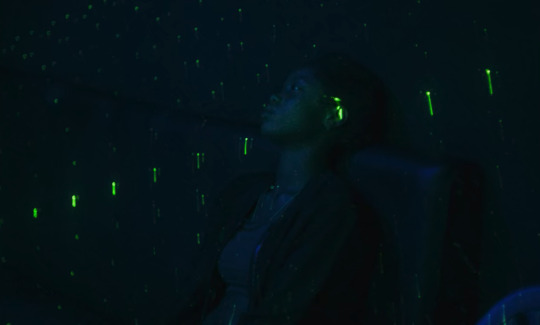
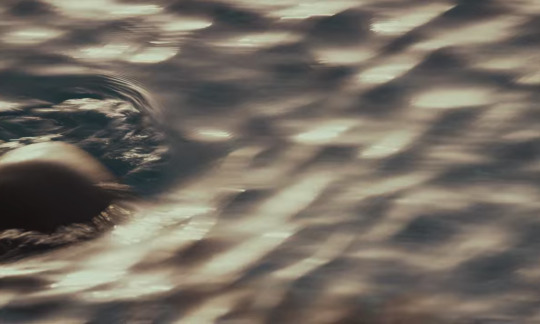


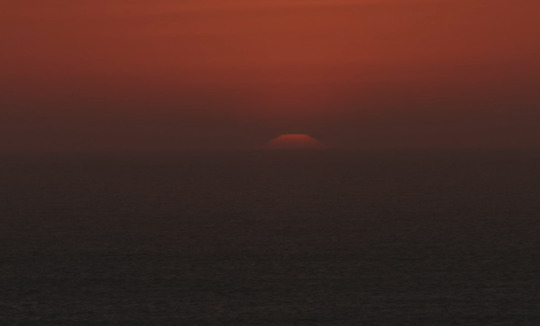

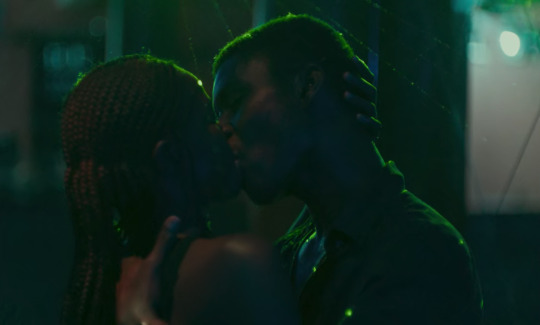

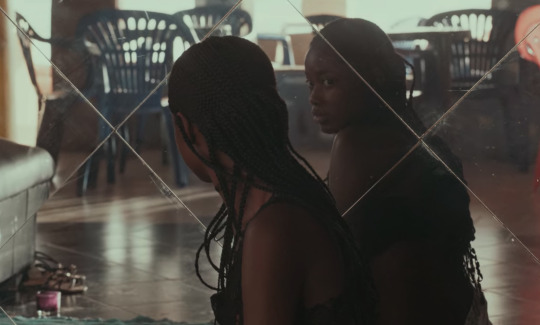
Atlantique / Atlantics (2019, Mati Diop)
DP: Claire Mathon
OST: Fatima Al Qadiri
#claire mathon#Fatima Al Qadiri#Mati Diop#Atlantics#Atlantique#Senegalese film#Senegalese cinema#film#still
110 notes
·
View notes
Photo

Rester vertical (2016)
#2010s#actor damien bonnard#dir alain guiraudie#dp claire mathon#cat comedy#french#white#ear#teeth#brown eyes#staying vertical#rester vertical
0 notes